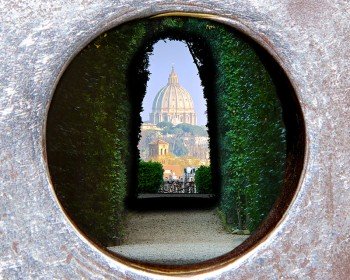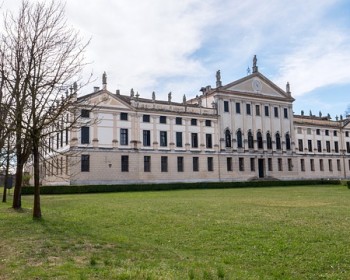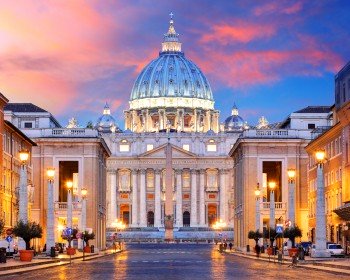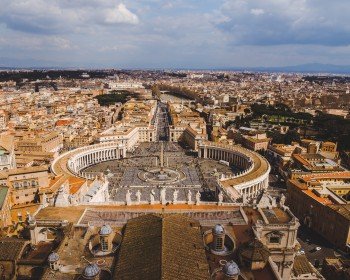In 2017 Pope Francis felt that the Vatican needed to create a connection with the public and he realized the need for deeper transparency. This led to his request to unseal a set of Ancient scrolls from the Vatican’s Secret Archives, scrolls that had been secretly concealed from the public for centuries as it often happens with texts or art deemed threatening or too revealing by the Church. Over the centuries the Church has destroyed many art pieces, books and ancient texts to protect its legacy but that is a story I will share another time. For now, let’s get back to a text that will surely fascinate you with its implications as it will have you wonder about the motivations to keep it hidden as well as about its meaning.
The discovery of the scrolls in question dates back to 70 AD, when the Romans sieged the Temple of Jerusalem. Previously hidden from the knowledge of the Church for centuries, these hidden scrolls were obtained in 463 A.D and subsequently banned by Pope Hilarius for a very important reason. He aimed to keep the true name of God hidden from the people and had it stricken from all official literature. The scrolls contained the true name of God as communicated to Moses in a censured part of Exodus 3:14. Ever since, the true name of God has been passed down from Pope to Pope as privileged secret knowledge and kept hidden from laymen until Pope Francis decided to put an end to the “double life” the Vatican was leading by revealing this secret in 2017.
In Exodus 3:14, appearing before Moses as a burning bush, God reveals his name referring to himself in Hebrew tongue as “Yahweh” (YHWH) which translates to “I am who I am.” The Church decided that this name needed to be replaced with the words “God” and “Lord” and so “Yahweh” was stricken from all the passages and the scrolls were kept in the Apostolic archives of the Vatican and hidden from public knowledge as the name of the God was to be known by the Pope only.
Thus, the passage became known as:
Exodus 3:14-15
14 God said to Moses, “I am who I am.” And he said, “Say this to the people of Israel: ‘I am has sent me to you.’” 15 God also said to Moses, “Say this to the people of Israel: ‘The Lord, the God of your fathers, the God of Abraham, the God of Isaac, and the God of Jacob, has sent me to you.’ This is my name forever, and thus I am to be remembered throughout all generations.
It is interesting to consider that the Church felt it was important to keep God’s name from the people and only have it passed down from Pope to Pope.
Perhaps this is the first time you are learning about the Vatican’s hidden archives and so in support of the desire for transparency you should know that The Archivum Secretum Apostolicum Vaticanum (original name of the Vatican secret archives) is an archive established by Pope Paul V, who wisely decided it would have been useful to keep a record of the correspondence, historical documents and other files pertaining to the Papacy. Over time, however, these documents were truly placed under secrecy as the Vatican considered people should not have access to the correspondence exchanged between Popes and important figures in history. Should you wish to go exploring, you do have a chance of accessing some of the documents of the Papal archive if you happen to be a reputable scholar. A request is to be made and the process has stayed the same since 1881, when Pope Leo XIII approved access to some researchers. Those who meet the requirements must declare what they are going in to research and, if approved, they will be granted the credentials very few receive to access the archive under strict terms. Yet, despite this, only certain documents and correspondence will be available and the rest remains a mystery.
Given the choice to place everything under wraps and accessible only to a chosen few, one cannot help but wonder what deeper secrets the Vatican is hiding and just how much of the religious perception people are aware of today has actually been crafted by the Church while secretly curating or, in some cases, destroying the original source and message.






